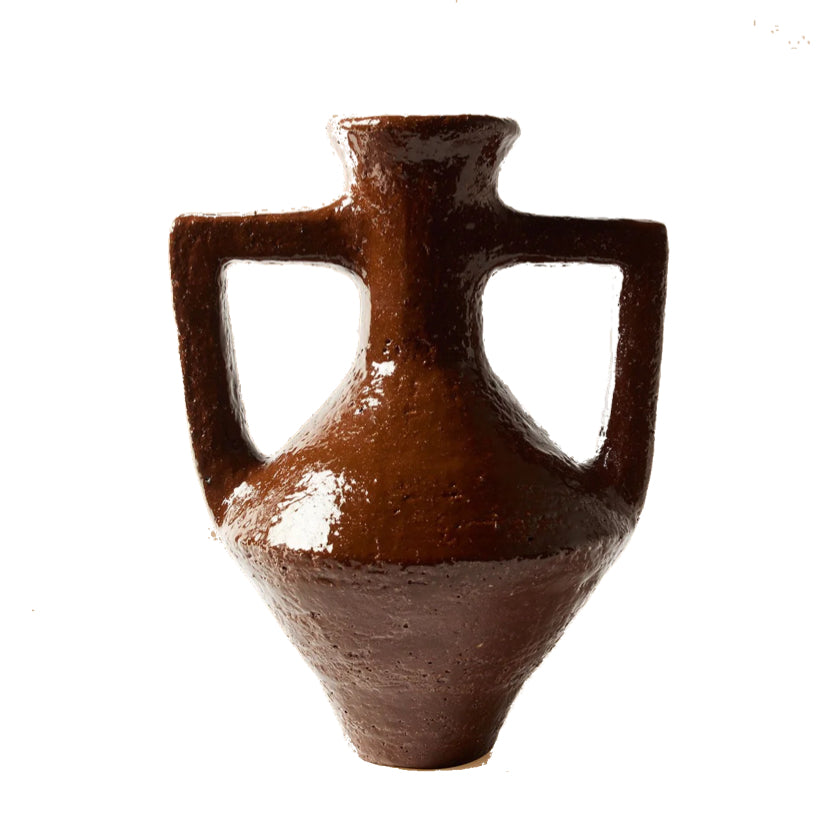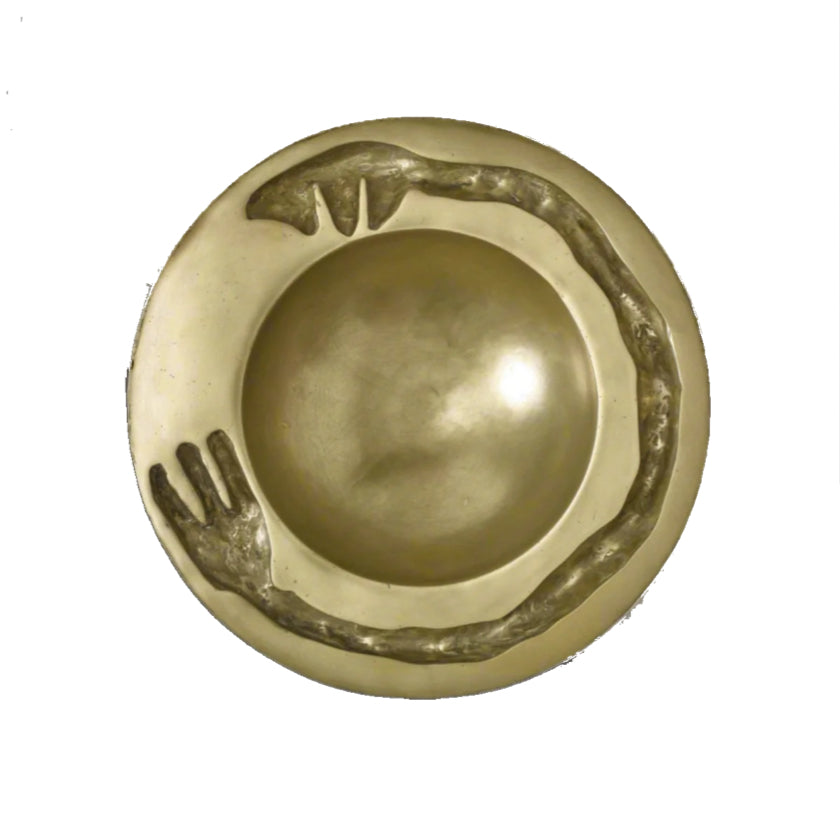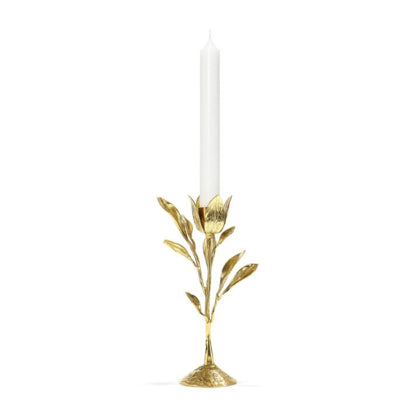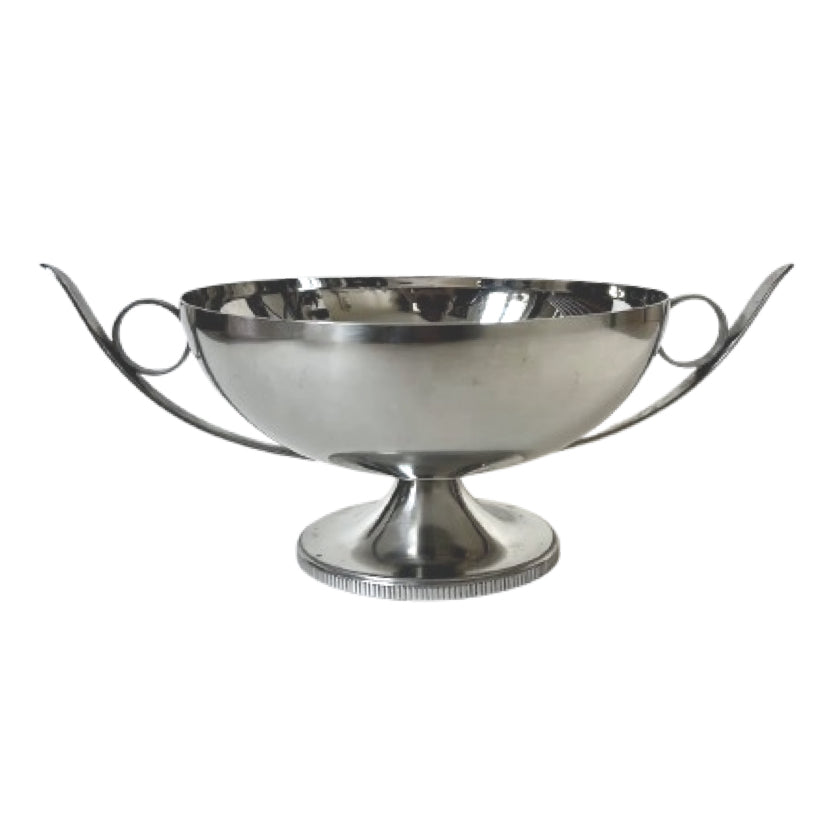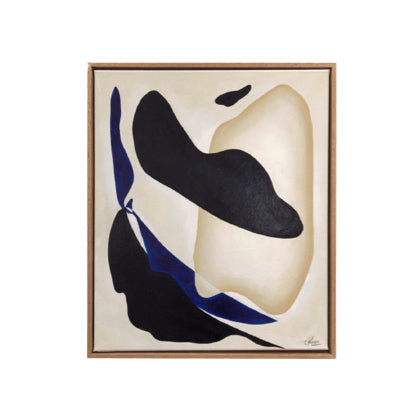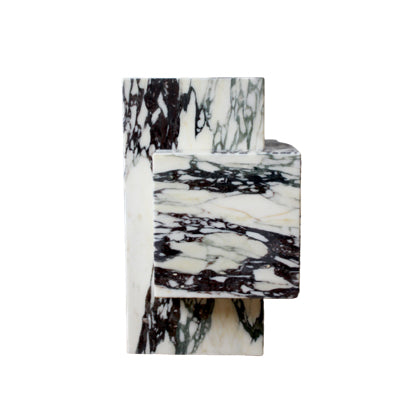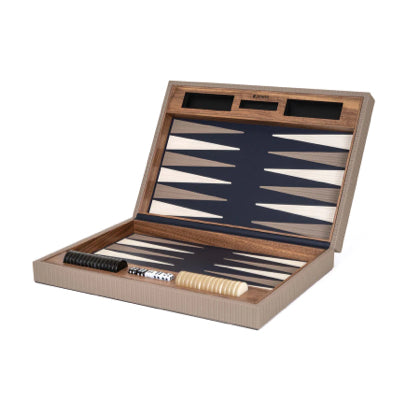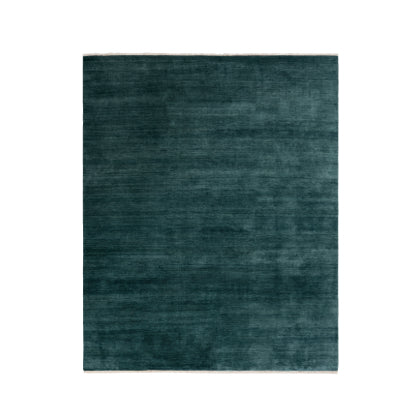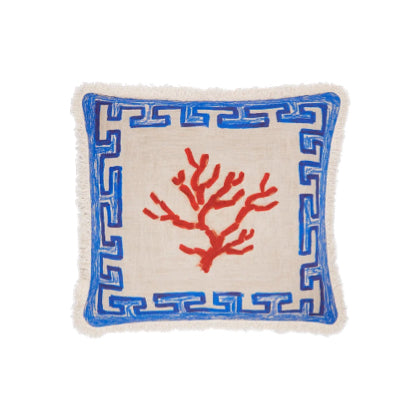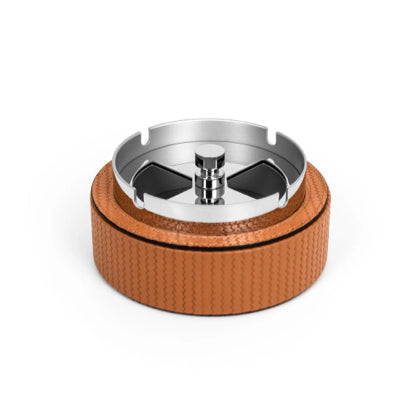Minimal furniture
Understanding the Essence of Minimal Furniture
By choosing items that prioritize durability and timeless aesthetics, we can foster a deeper connection with our living spaces, creating a style that reflects modern home decor.
The aesthetic appeal of minimal furniture lies in its versatility. This collection features timeless designs that can seamlessly integrate into various interior styles, from contemporary to traditional. A carefully selected couch, for instance, can act as a focal point while maintaining a subtle presence, ensuring that the space feels open and inviting. The beauty of this collection is found not just in individual pieces, but in how they interact with one another to create a cohesive environment.
Minimal furniture encourages an appreciation for craftsmanship and materials. Each piece is a testament to quality, showcasing the artistry behind furniture design. By choosing items that prioritize durability and timeless aesthetics, we can foster a deeper connection with our living spaces. The focus on fewer, well-made items ultimately leads to a more sustainable approach to furnishing our homes.
The mid century modern chair has become a symbol of a design era that prioritized simplicity and functionality without sacrificing style. Emerging in the 1940s and 50s, this movement was characterized by clean lines, organic forms, and a focus on the relationship between form and function. Designers like Charles and Ray Eames, Hans Wegner, and Eero Saarinen crafted chairs that not only served as practical seating options but also as artistic statements. The use of innovative materials such as molded plywood, fiberglass, and metal allowed for groundbreaking designs that catered to the evolving tastes of post-war society. These chairs often featured vibrant colors and geometric shapes, reflecting the optimism and forward-thinking mindset of the time.
Culturally, the mid century modern chair represents a shift in how people interacted with their living spaces. It coincided with an era of rapid social change, where the traditional norms of design were being challenged. The style embodied a desire for a more casual yet sophisticated approach to home decor. Many households began to favor open floor plans and multifunctional spaces, making the mid century modern chair an essential piece. Its versatility allows it to complement various settings, whether paired with a sleek couch or a rustic coffee table. Today, these chairs continue to be celebrated for their timeless appeal and remain a favorite among design enthusiasts.
Selecting the ideal couch is a dance of form and function. A well-chosen couch becomes the heart of your living space, a place where comfort meets style. When considering options, think about the overall aesthetic of your room. A sleek, low-profile couch can enhance the beauty of a modern setting, while a plush, oversized piece might serve as a cozy centerpiece. Colors and textures also play a significant role; soft, neutral tones can create a serene atmosphere, while bold hues add a vibrant touch. Your couch should reflect your personality and lifestyle, creating a welcoming environment for both relaxation and social gatherings.
Pairing your couch with complementary pieces can elevate your design. A mid-century modern chair beside a contemporary couch creates a delightful visual contrast, bringing harmony to the space. Consider using accent pillows and throws that echo the colors or patterns in your room, enhancing the overall cohesion. Lighting is another important factor; a strategically placed floor lamp or table lamp can illuminate the couch beautifully, emphasizing its features and inviting comfort. Remember, the goal is to create a space that feels inviting and cohesive, where the couch naturally draws people in without overwhelming the room.

